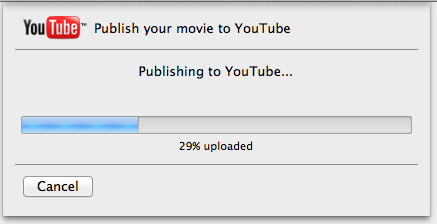
Today I released my first open source framework for OS X Lion – ESSVideoShare.
What is ESSVideoShare
It’s a framework for OS X Lion that makes it very easy to implement video publishing to these services:
YouTube, Vimeo, Facebook and Flickr
What you need
Import ESSVideoShare into your project, make sure ti’s being copied to your app’s bundle in a build copy phase.
And of course, for each service, you need an API key.
I explain the process of implementing ESSVideoShare step by step on its github page.
In-Depth
If you’re interested in how it all works, please head on over to the public github repository.
Support
If you have any questions or suggestions for improvement, be sure to let me know either through the comments below or by mail 🙂
Take care,
Matthias
[twitter-follow screen_name=’eternalstorms’ show_count=’yes’]
[twitter-follow screen_name=’flickeryapp’ show_count=’yes’]
[twitter-follow screen_name=’screenfloatapp’ show_count=’yes’]
[twitter-follow screen_name=’gimmesometune’ show_count=’yes’]